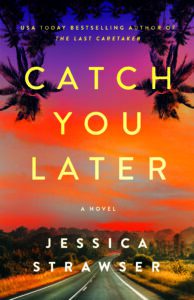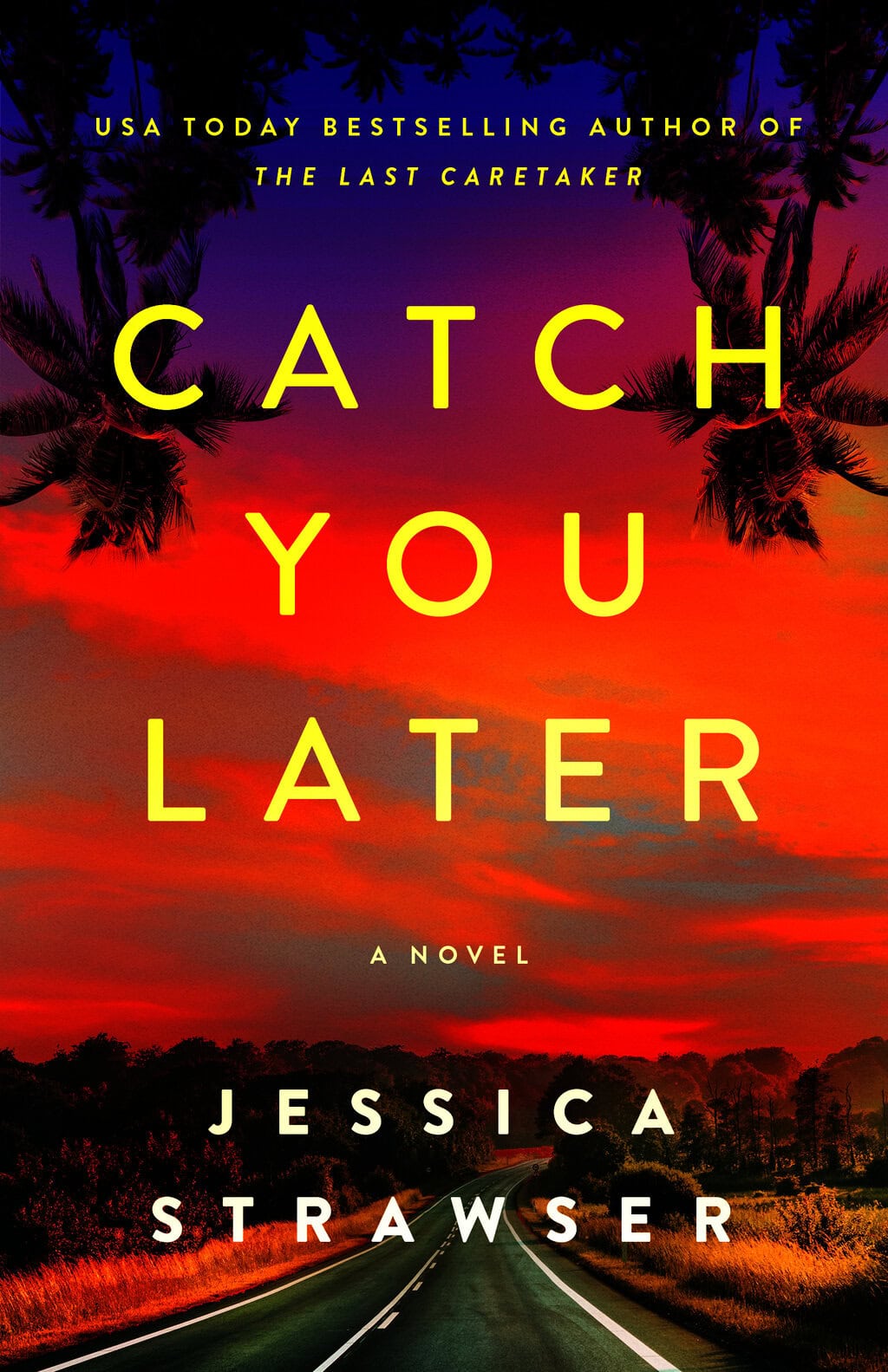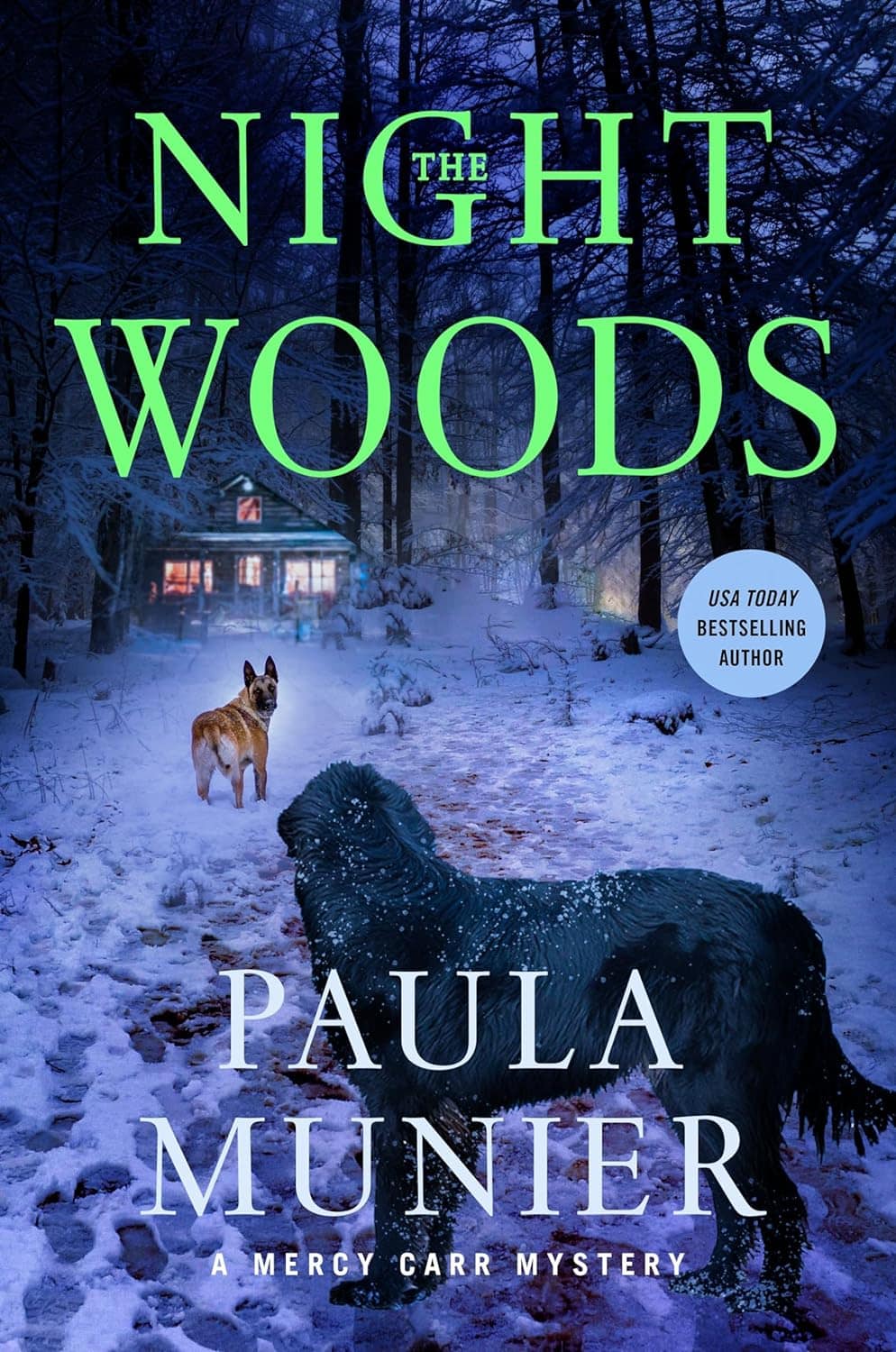I don’t usually obsess over the opening lines of my novels the way some authors do. But when I decided to hit the gas pedal on my new book, Catch You Later (coming later this fall), I knew the first page had a lot to accomplish.
I needed to introduce my main characters, two lifelong friends who don’t have much besides each other. I needed to paint a picture of their lives working the night shift at a highway travel stop. And I needed to do it quickly, because by the end of the opening scene, one of them was going to take off her apron right there in the middle of her shift and get in a customer’s car, making a fateful snap decision that would set the whole story in motion.
Even in the two paragraphs above, I’ve dropped some hints about the approach I decided on.
Gas pedal.
Travel.
Motion.
Ultimately, after much revision, my novel opens like this:
The thing about living near the interstate was, it never let you forget where you were.
Highway noise was a constant background thrum. Louder at night, when you most wanted quiet. Louder in the barren landscape of winter, when you most wanted to migrate someplace warm and peaceful. You could seal yourself inside, muffle all that mechanized rumbling, but the only way to drown it out was with more noise: the tv, a fan, music, headphones. Most people said they got used to it, didn’t even notice it anymore, but Mikki found it maddening to have silence out of reach. She’d catch herself standing at the windows of the tiny apartment she shared with Lark, glaring at the endless stream of headlights in the distance, just as she was now.
To her, the thrum wasn’t so much a nuisance as a reminder.
When the biggest thing your town had going for it was the interstate, you couldn’t help but feel like you should be on your way somewhere.
Everyone else was.
The narrator is speaking literally here, even geographically—but can you immediately sense that it’s symbolic, too? She’s feeling stuck someplace she’d rather not be, literally watching life pass her by, going nowhere fast.
From the moment I conceived of Catch You Later, I knew the highway could serve as an apt metaphor, symbolic of the story’s themes. (In fact, there were two more riffs on this in the last sentence alone. Did you catch them?) But the more I wrote, the more I realized that one powerful visual isn’t as simplistic as it might seem.
Leaning into a metaphor for my central theme pushed me to find subtle ways to tie it into the story’s more nuanced elements in ways I hadn’t even intended. If you’re looking to add cohesion or depth to your work-in-progress, perhaps this technique could also work for you.
Life Is a Highway
 We so often think of symbolism in fiction as nuanced and obscure, like Easter eggs hidden for particularly astute readers to catch. But it doesn’t have to be that way. In fact, there’s something to be said for choosing an image that readers can instantly relate to. (If your image is strong enough, you might even find it lends itself to a cover image—and jacket copy, too. Case in point? Take a look at mine)
We so often think of symbolism in fiction as nuanced and obscure, like Easter eggs hidden for particularly astute readers to catch. But it doesn’t have to be that way. In fact, there’s something to be said for choosing an image that readers can instantly relate to. (If your image is strong enough, you might even find it lends itself to a cover image—and jacket copy, too. Case in point? Take a look at mine)
Of course, no one wants to write (or read) a novel written in cliches, but thinking through the comparisons that immediately come to mind turns out to be a wonderful way to brainstorm subplots, twists and turns (see what I did there?), secondary characters, and more.
Sticking with my example of the interstate in Catch You Later, for instance, you might consider:
- Life is a highway.
- Sometimes it really is more about the journey than the destination.
- Some of us are just happy to tag along, riding shotgun.
- Others are itching to take our turn in the driver’s seat.
- We can see only as far as our headlights in the fog—but sometimes that’s enough.
- Often it’s the detour that makes the whole trip worth taking.
- Embarking on a journey can mean leaving things we love in the rearview mirror.
You won’t find any of these exact words or phrases in my manuscript, of course. But did hints of them all make their way into the engine that was driving the story?
Absolutely. And it’s a better book for it.
Consider: How far down the road might a central metaphor take you and your novel?
There’s only one way to find out.





